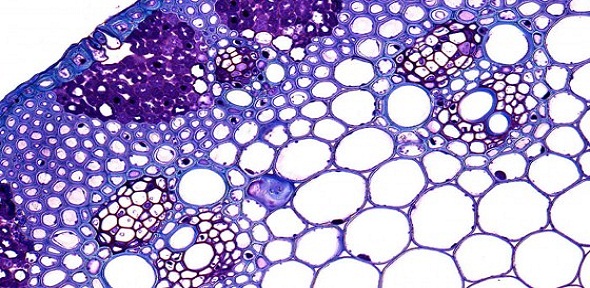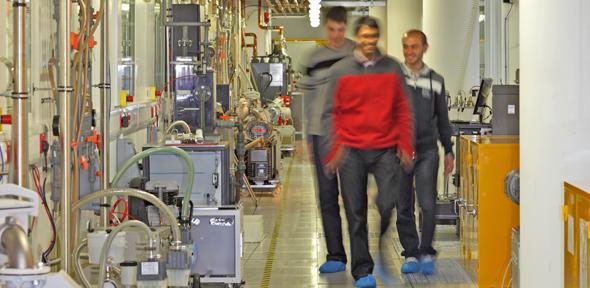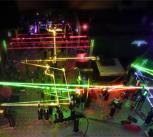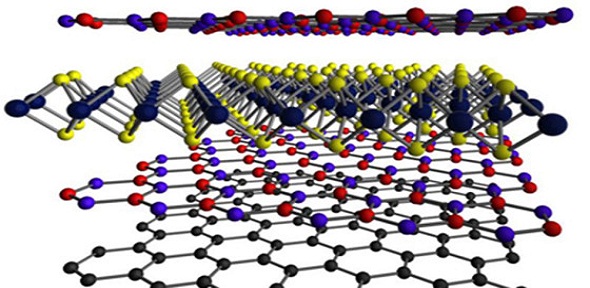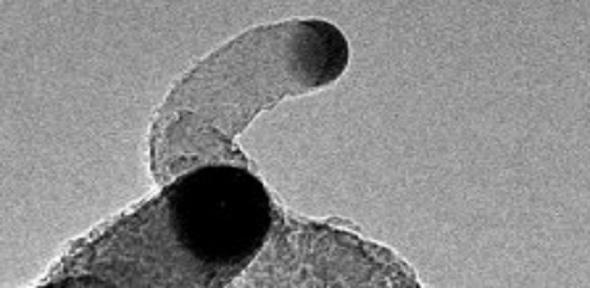Past News Items: January 2013 - December 2013
Past News Items: January 2012 - December 2012
Energy News: January 2013 - December 2013
December 2013
Super-fast and super-green: Cambridge unveils pioneering high-performance computer
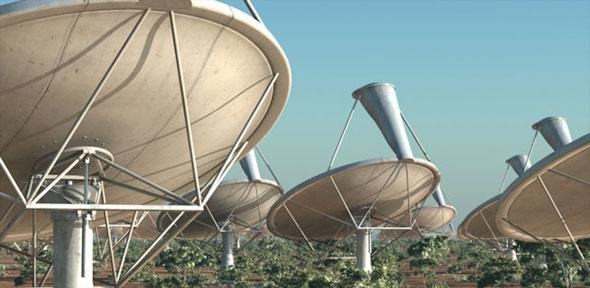
A super energy-efficient high-performance computer, with a performance equivalent to 4,000 desktop machines running at once, will enable researchers to handle the Big Data challenges of the future - not least the design of a system to support the world's largest telescope.
Related Technology Focus Areas and Cross-cutting Themes: Smart Systems & Device Design, Energy Efficiency
Quantum waves at the heart of organic solar cells
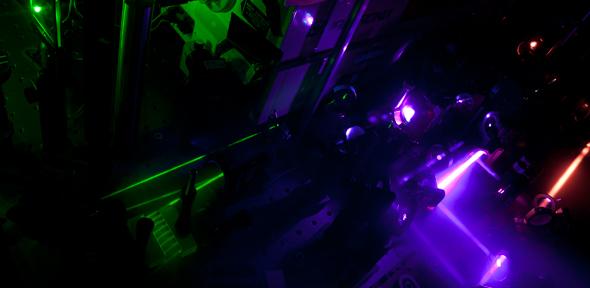
Researchers have been able to tune ‘coherence’ in organic nanostructures due to the surprise discovery of wavelike electrons in organic materials, revealing the key to generating “long-lived charges” in organic solar cells - material that could revolutionise solar energy.
Related Technology Focus Areas and Cross-cutting Themes: Photovoltaics
November 2013
Funding for six Cambridge-led Centres for Doctoral Training, along with a further two in which Cambridge are partners, across a range of physical sciences and engineering disciplines have been announced.
Related Technology Focus Areas and Cross-cutting Themes: Fossil Fuels, Carbon Capture & Storage, Engines & Turbines, Energy Storage, Buildings & Cities, Transport, Materials & Chemistry, Smart Systems & Device Design, Energy Efficiency
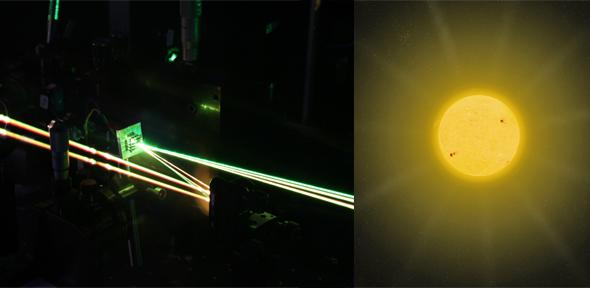
A process that could revolutionise solar energy harvesting has been efficiently demonstrated in solution for the first time.
Related Technology Focus Areas and Cross-cutting Themes: Photovoltaics, Materials & Chemistry
Scrubbing up: preparing hospitals for climate change

Innovative designs for retrofitting the vast NHS estate to stem rising carbon emissions and adapt hospitals to perform through a changing climate are being created through a multi-university collaborative effort.
Related Technology Focus Areas and Cross-cutting Themes: Users, Consumers & Social Frameworks, Buildings & Cities
October 2013

To maximise the efficiency of solar cells of the future, physicists are taking a leaf out of nature’s book.
Related Technology Focus Areas and Cross-cutting Themes: Photovoltaics
What impact will new technology have on tackling emissions?
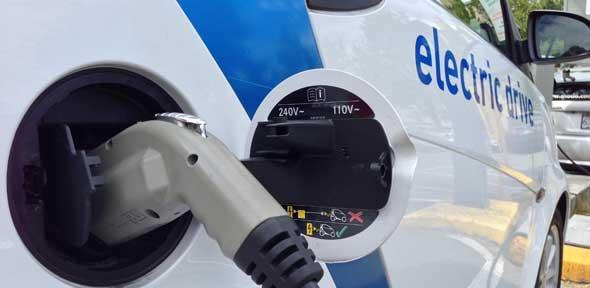
New research seeks to take account of the fast pace at which technology is evolving in understanding how to tackle greenhouse gas emissions.
Related Technology Focus Areas and Cross-cutting Themes: Engines & Turbines, Energy Efficiency, Policy, Economics & Risk
Collaborative research framework agreement signed with Shell

Agreement will open up new research projects between Cambridge and the global energy company, focusing on making energy more affordable and sustainable.
Related Technology Focus Areas and Cross-cutting Themes: Fossil Fuels, Carbon Capture & Storage, Energy Efficiency, Sustainable Reaction Engineering
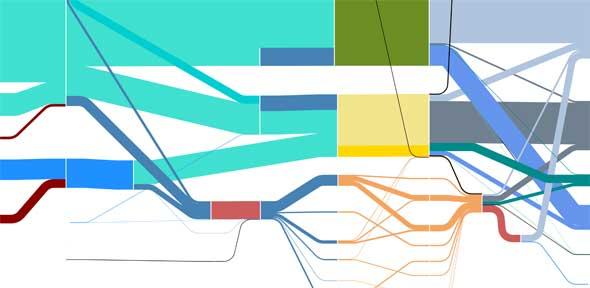
A new online tool enables users to assess not only how much water we use and for what, but also how we can mitigate future scarcity.
Related Technology Focus Areas and Cross-cutting Themes: Energy Efficiency; Buildings and Cities, Resource Dynamics
Air, water and sun: the ingredients of 'green gasoline'
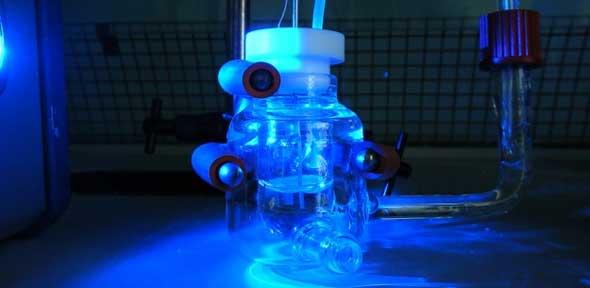
Mimicking a natural process perfected over billions of years to capture solar energy, researchers are creating artificial photosynthetic systems that will turn air and water into transport fuel.
Related Technology Focus Areas and Cross-cutting Themes: Bioenergy

Helping big businesses consider their impact on the environment is leading to a re-evaluation of activities to combine profitability with sustainability.
The world is changing: how do we respond?
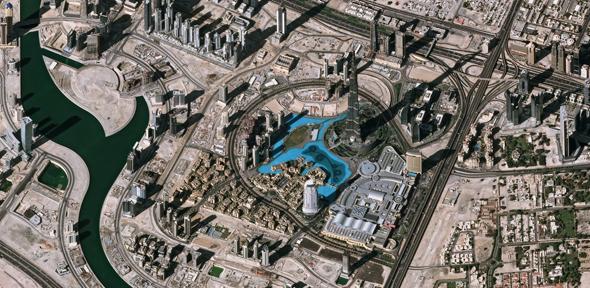
This is the start of a month-long focus on research on sustainability and the environment. To begin, Professor Lord Martin Rees and Professor Paul Linden, respectively Chair and Director of the Cambridge Forum for Sustainability and the Environment, describe how experts from across the University have joined forces to examine how we can respond to some of the most pressing global sustainability challenges.
September 2013

The latest research on algal biotechnology is the subject of a major conference in Cambridge on 2nd September 2013
Related Technology Focus Areas and Cross-cutting Themes: Bioenergy
August 2013
Electron 'spin' key to solar cell breakthrough
Latest research paves way for inexpensive, high performance cells.
July 2013
Natural ventilation technology which has the potential to reduce heating bills by as much as 50%, while drastically reducing energy consumption, has been developed by a Cambridge spin-out.
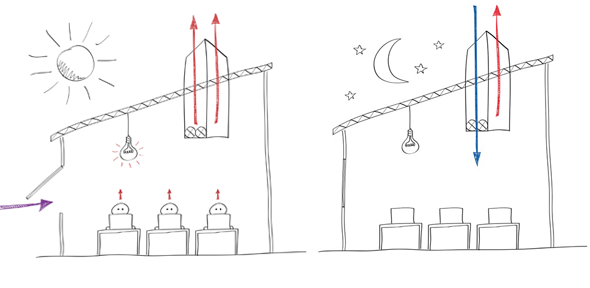
Related Technology Focus Areas and Cross-cutting Themes: Energy Efficiency; Buildings and Cities
June 2013
Carbon ‘candy floss’ could help prevent energy blackouts
Ultra-light, high performance electrical wiring, made from carbon instead of copper, has been developed in a usable form for the first time.
Related Technology Focus Areas and Cross-cutting Themes: Materials and Chemistry; Energy Efficiency; Energy Storage; Networks and Distribution
Molecular ‘sieves’ harness ultraviolet irradiation for greener power generation
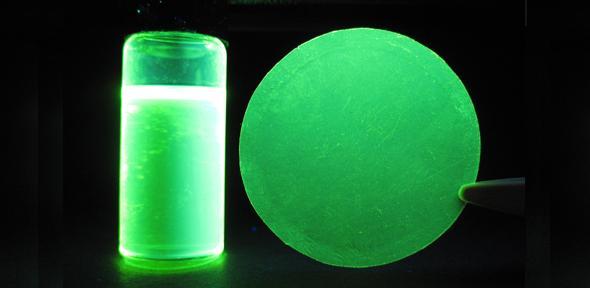
Latest research uses membrane technology for ‘energy efficient’ gas separation - a crucial part of many major industrial processes and important focus for increased sustainability in global energy production.
Related Technology Focus Areas and Cross-cutting Themes: Energy Efficiency.
Cambridge unveils plans to become Retrofit city

A new network of public and private sector organisations aims to carry out retrofits across Cambridge, bringing down carbon emissions, cutting energy costs, and helping to make it the first city to meet the UK Climate Change Act carbon reduction target of 80% by 2050.
March 2013
Low-cost LEDs for saving energy and improving health
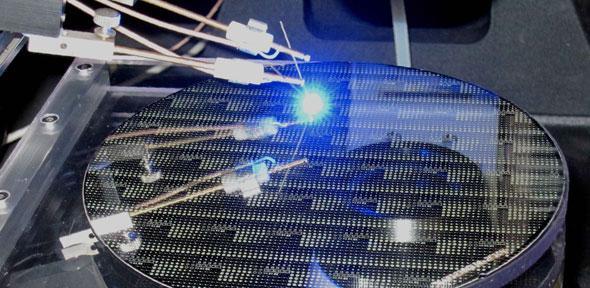
A new £1million growth facility will allow Cambridge researchers to further reduce the cost and improve the efficiency of LEDs, with potentially huge cost-saving implications.
Related Technology Focus Areas and Cross-cutting Themes: Materials and Chemistry; Energy Efficiency.
David MacKay appointed Regius Professor of Engineering
Acclaimed author of “Sustainable Energy Without The Hot Air” and Chief Scientific Adviser for DECC will be first holder of Royally-appointed engineering post at Cambridge.
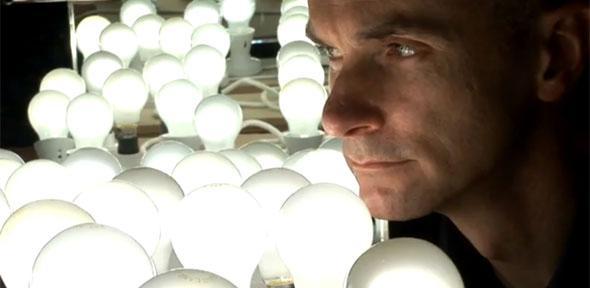
Related Technology Focus Areas and Cross-cutting Themes: Policy, Economics and Risk
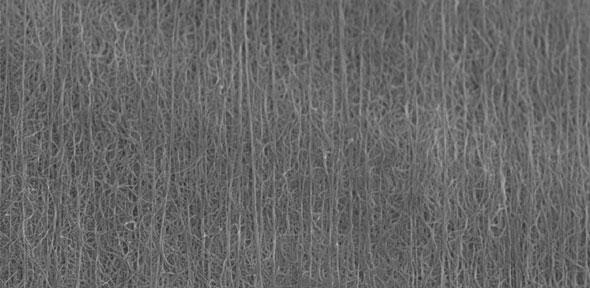
A new battery technology provides double the energy storage at lower cost than the batteries that are used in handheld electronics, electric vehicles, aerospace and defence.
Related Technology Focus Areas and Cross-cutting Themes: Energy Storage; Materials and Chemistry.
February 2013
What now for the future of energy?

A public panel discussion, The future of energy (March 13), sponsored by Science AAAS, will be exploring this critical issue, and what possibilities exist when looking towards the future. Tim Radford, former Science Editor at The Guardian, will chair this panel discussion with Cambridge researchers Richard McMahon, Julian Allwood, Emily Shuckburgh and Tony Roulstone around challenges in sustainability – technical, intellectual, behavioural and political – and recent developments in energy research toward meeting these challenges.
Related Technology Focus Areas and Cross-cutting Themes: Nuclear Energy; Resource Dynamics; Users, Consumers and Social Frameworks; Policy, Economics and Risk
Energy efficiency and human behaviour
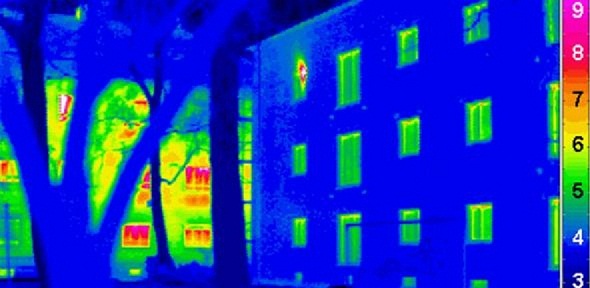
Are buildings that consume less energy really more energy efficient as a result? As the University of Cambridge begins Switch Off Week, researcher Scott Kelly explains how predicting energy efficiency is easier said than done, especially once human behaviour becomes part of the calculation.
Related Technology Focus Areas and Cross-cutting Themes: Energy Efficiency; Users, Consumers and Social Frameworks
A new initiative – the Centre for Sustainable Road Freight – was launched in December 2012 to look at the ‘big picture’ of the movement of freight by road in the UK and to explore ways of making the sector more economically, socially and environmentally sustainable. The reduction of carbon dioxide and other greenhouse gas emissions, which contribute to global warming, is a key objective of the programme, in tune with the government’s targets of 34% reduction (compared with 1990 levels) by the year 2020, and 80% reduction by 2050.

Related Technology Focus Areas and Cross-cutting Themes: Transport
January 2013
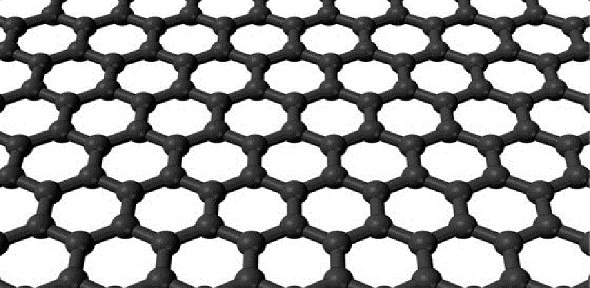
Graphene has been chosen as one of Europe’s first “Future Emerging Technology” flagship programmes, described as “the largest research excellence awards in history”. €1 billion, the project will aim to take graphene and other, related, layered materials from academic laboratories to society. The Graphene Flagship is a joint, co-ordinated research initiative of unprecedented scale, bringing together an academic and industrial network from 17 different countries and 126 research groups.
Related Technology Focus Areas and Cross-cutting Themes: Materials and Chemistry; Smart Systems and Device Design; Energy Efficiency.
CASTEP achieves $30 million in sales
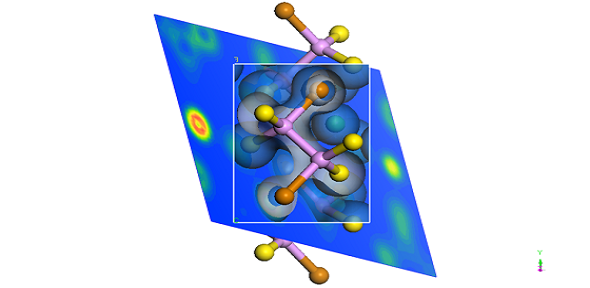
A software tool which allows researchers to determine what the most stable structure of a new material would be, what its surfaces will look like and how the bulk and the surface will behave when exposed to different chemicals has reached the commercial milestone of $30 million in sales. CASTEP is widely used in the oil and gas, chemical and semiconductor manufacturing industries, where along with other techniques, it can be used to enhance the efficiency of processes, and help identify the origin of failures in devices and products.
Related Technology Focus Areas and Cross-cutting Themes: Materials and Chemistry
The launch of the Cambridge Graphene Centre
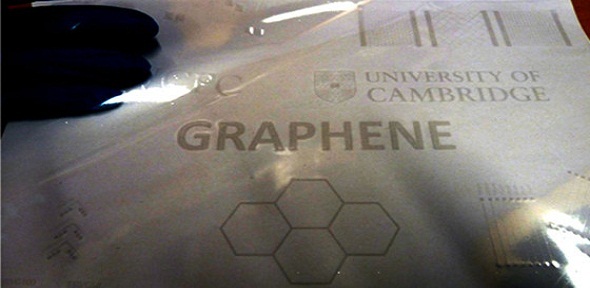
A centre for research on graphene, a material which has the potential to revolutionise numerous industries, ranging from healthcare to electronics, is to be created at the University of Cambridge. The Cambridge Graphene Centre will start its activities on February 1st 2013, with a dedicated facility due to open at the end of the year.
Related Technology Focus Areas and Cross-cutting Themes: Materials and Chemistry; Smart Systems and Device Design; Energy Efficiency; Energy Storage.
The next generation of plastic electronics

Dr Andrew Flewitt and Dr Robert Phaal, both from the Department of Engineering, and Scott White, serial entrepreneur and CEO of Pragmatic Printing, talk about the creative partnership forged between different parts of the Department of Engineering and outside companies to enable the technology and research in the area of plastic electronics to be exploited successfully in a new video created by the University of Cambridge
Related Technology Focus Areas and Cross-cutting Themes: Materials and Chemistry; Smart Systems and Device Design; Energy Efficiency;

A team from the Centre for Smart Infrastructure and Construction have developed a mechanical amplifier to convert ambient vibrations into electricity more effectively, which could be used to power wireless sensors for monitoring the structural health of roads, bridges and tunnels.
Related Technology Focus Areas and Cross-cutting Themes: Buildings and Cities; Smart Systems and Device Design; Energy Efficiency
Unlocking nature’s quantum engineering for efficient solar energy
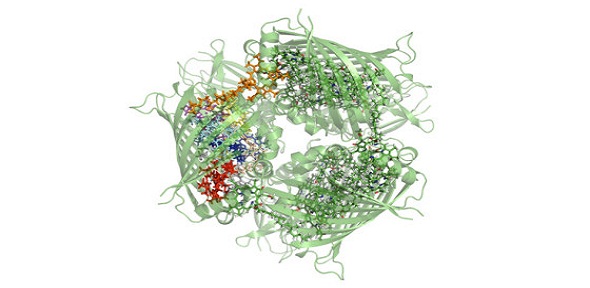
Quantum scale photosynthesis in biological systems which inhabit extreme environments could hold key to new designs for solar energy and nanoscale devices.
Related Technology Focus Areas and Cross-cutting Themes:
Smart Systems and Device Design; Photovoltaics.
Energy News: January 2012 - December 2012
December 2012
Changing our material future, layer by layer
Researchers from the Universities of Manchester, Cambridge and Lancaster, has been awarded 13.4 million Euros (around £11m) to develop a new class of materials with remarkable properties using one atom-thick substances such as graphene and other two dimensional crystals in a new collaborative project.
Related Technology Focus Areas and Cross-cutting Themes: Materials and Chemistry; Energy Efficiency; Smart Systems and Device Design.
Proliferation warnings on nuclear wonder-fuel
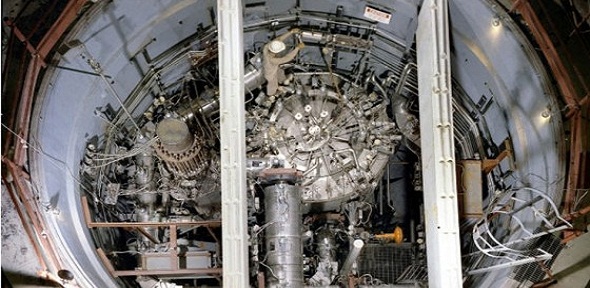
Thorium is being touted as an ideal fuel for a new generation of nuclear power plants, but in a piece in this week’s Nature, researchers suggest it may not be as benign as portrayed.
Related Technology Focus Areas and Cross-cutting Themes: Nuclear Energy
November 2012
Dr Julian Allwood of the Department of Engineering has been appointed director of a new National Research Centre for reducing Industrial Energy and Material use in supplying UK needs has been established by EPSRC and ESRC. This collaborative partnership between the University of Cambridge, University of Bath, University of Leeds and Nottingham Trent University has been formed with funding of £6.2m. The UK Indemand Centre is one of five new End Use Energy Demand (EUED) research centres which will look into the complexities of energy use across society and how energy can be both saved and used more efficiently.
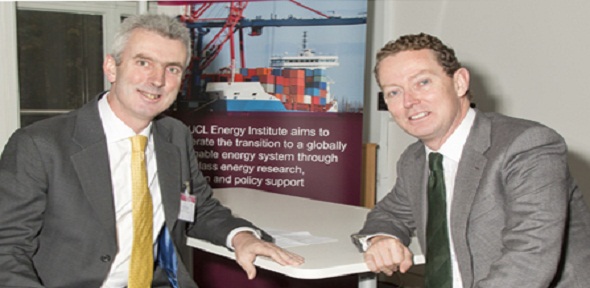
Image: Minister of State for Energy Greg Barker with Dr Julian Allwood (left)
Related Technology Focus Areas and Cross-cutting Themes: Energy Efficiency; Resource Dynamics.
Centre for Sustainable Road Freight Transport
A new Centre for Sustainable Road Freight Transport has been established with a total of £5.8 million funding for the first five years. There are two sources of funding for the first five years of research in the Centre: £4.4 million from the EPSRC and £1.4 million from a new industrial consortium. The consortium includes key freight operators such as John Lewis, Tesco, DHL and Wincanton, along with vehicle industry partners, including Volvo, Goodyear, Firestone among others, who will help set the research agenda and spearhead the adoption of the results by the road freight industry.
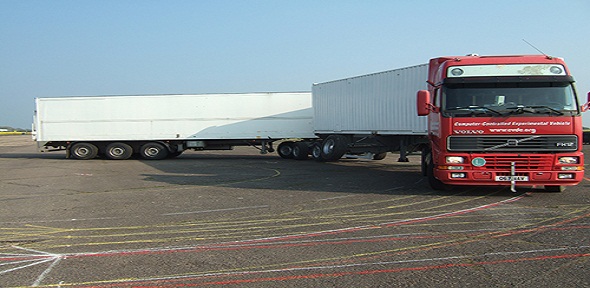
Related Technology Focus Areas and Cross-cutting Themes: Transport
October 2012
Climate chemistry and the tropics
New models are being developed to predict how changing land use in the tropics could affect future climate, air quality and crop production.

Related Technology Focus Areas and Cross-cutting Themes: Bioenergy; Fossil fuels; Resource Dynamics.
Modelling impacts of a warming world
A community-driven modelling effort aims to quantify one of the gravest of global uncertainties: the impact of global warming on the world’s food, health, vegetation and water.
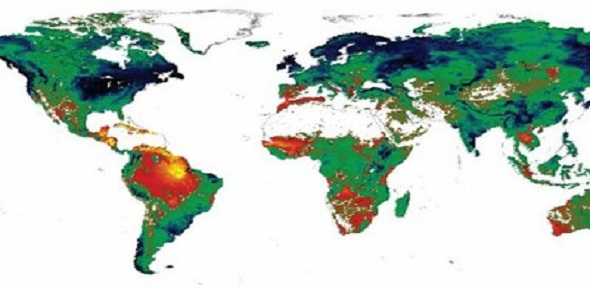
Related Technology Focus Areas and Cross-cutting Themes: Resource Dynamics.
August 2012
Scientists produce H2 for fuel cells using an inexpensive catalyst under real-world conditions
Scientists at the University of Cambridge have produced hydrogen, H2, a renewable energy source, from water using an inexpensive catalyst under industrially relevant conditions (using pH neutral water, surrounded by atmospheric oxygen, O2, and at room temperature). 
More efficient offshore wind turbines
A Cambridge University study suggests that offshore wind farms could be 100 per cent more efficient in terms of energy payback if manufacturers embraced new methods for making the structures that support the turbines.
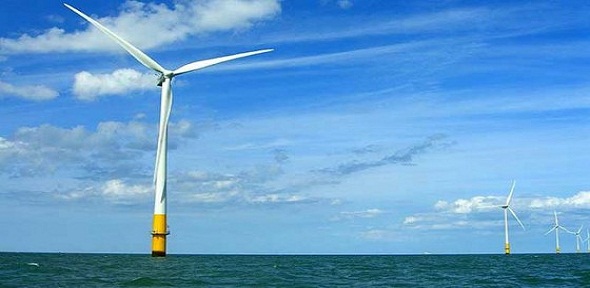
BP Centre for Advanced Materials (BP-ICAM)
A new investment programme, known as the BP Centre for Advanced Materials (BP-ICAM), will lead to new materials for the energy industry.

July 2012
The future of energy?
Three academics look at wind power, carbon capture and storage (CCS) and material efficiency in this newly created film: The Future of Energy?
The prebound effect
Many homes with poor energy efficiency are actually consuming far less energy than predicted, new research has found.
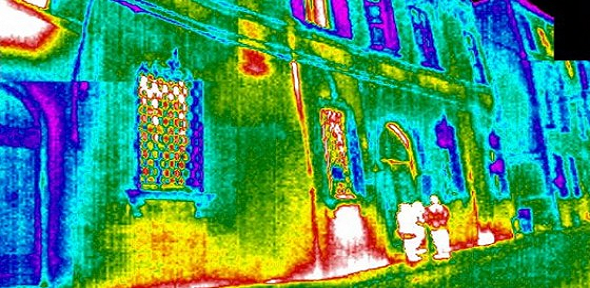
June 2012
A safer route to a nuclear future?
By using thorium instead of uranium as fuel, nuclear power could be safer and more sustainable, according to new research.
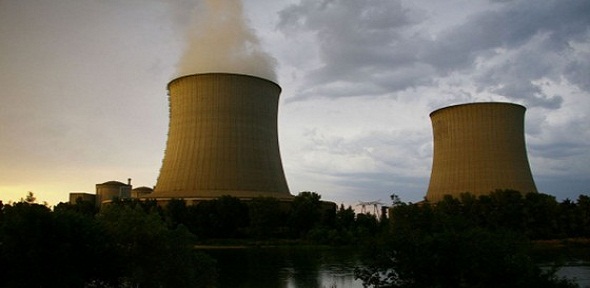
Into eternity: the nuclear waste challenge
How can we make nuclear waste safe for millennia?
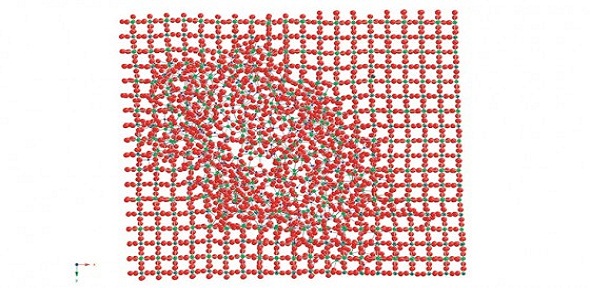
April 2012
New lab to focus on creating sustainable energy source
The opening of the Christian Doppler laboratory for Sustainable SynGas Chemistry in the Department of Chemistry

Solar-grade silicon at low cost
A new process which has the potential to drive down the cost of manufacturing solar-grade silicon and could increase the use of photovoltaic devices for capturing the sun’s energy.
![]()
Building our capacity to endure
The inaugural list of the top 50 most influential people for sustainability in the UK, Building Design magazine has listed three Cambridge academics.

March 2012
Cambridge announces Centre for Carbon Reduction in Chemical Technology in Singapore
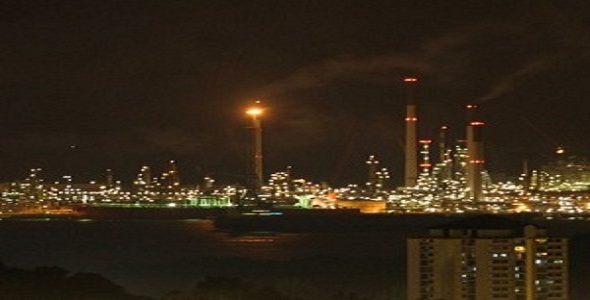
Nanowires growing in real time
Each nanowire is roughly 450 atoms wide.
The effect of time worm pellets on oil pipelines
Matthew Kuo tells us how tiny worm faecal pellets affect how oil pipelines sit on the seabed.
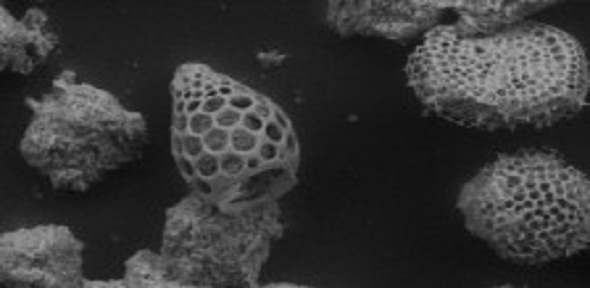
February 2012
A mineral way to catalysis?
Fool's Gold may prove an unlikely alternative to overexploited catalytic materials.
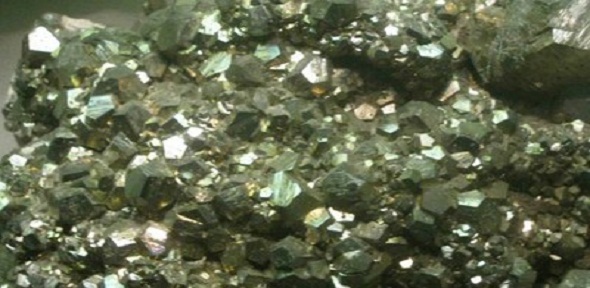
Here comes the sun…
New solar cells which could increase the maximum efficiency of solar panels by over 25%

January 2012
Breeding better grasses for food and fuel
Newly discovered family of genes could help us breed grasses with improved properties for food and fuel.
